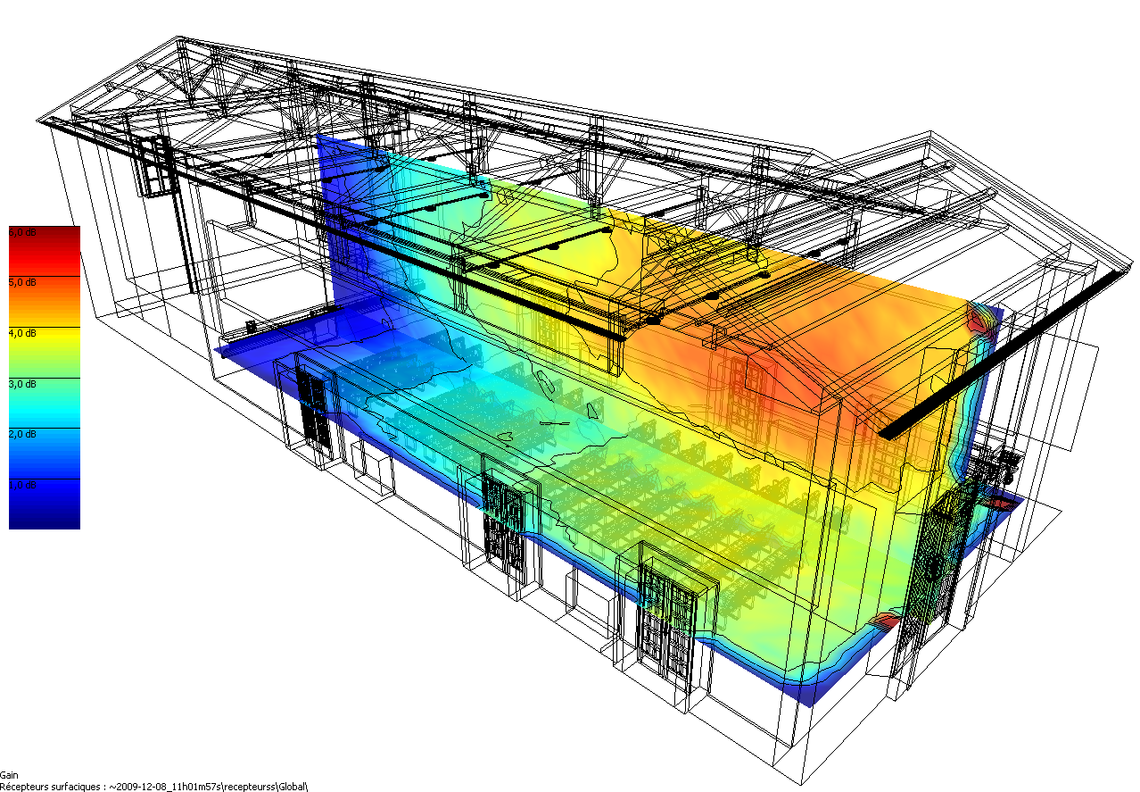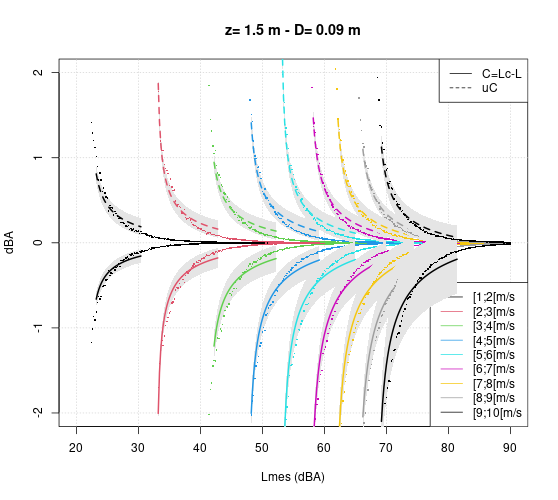For its research activities, UMRAE has several scientific computing methods and softwares available. Thus UMRAE is developing its own acoustic acquisition and prediction tools (for smartphones and computing platforms), some of which are already broadcast:
Software, apps and computing methods
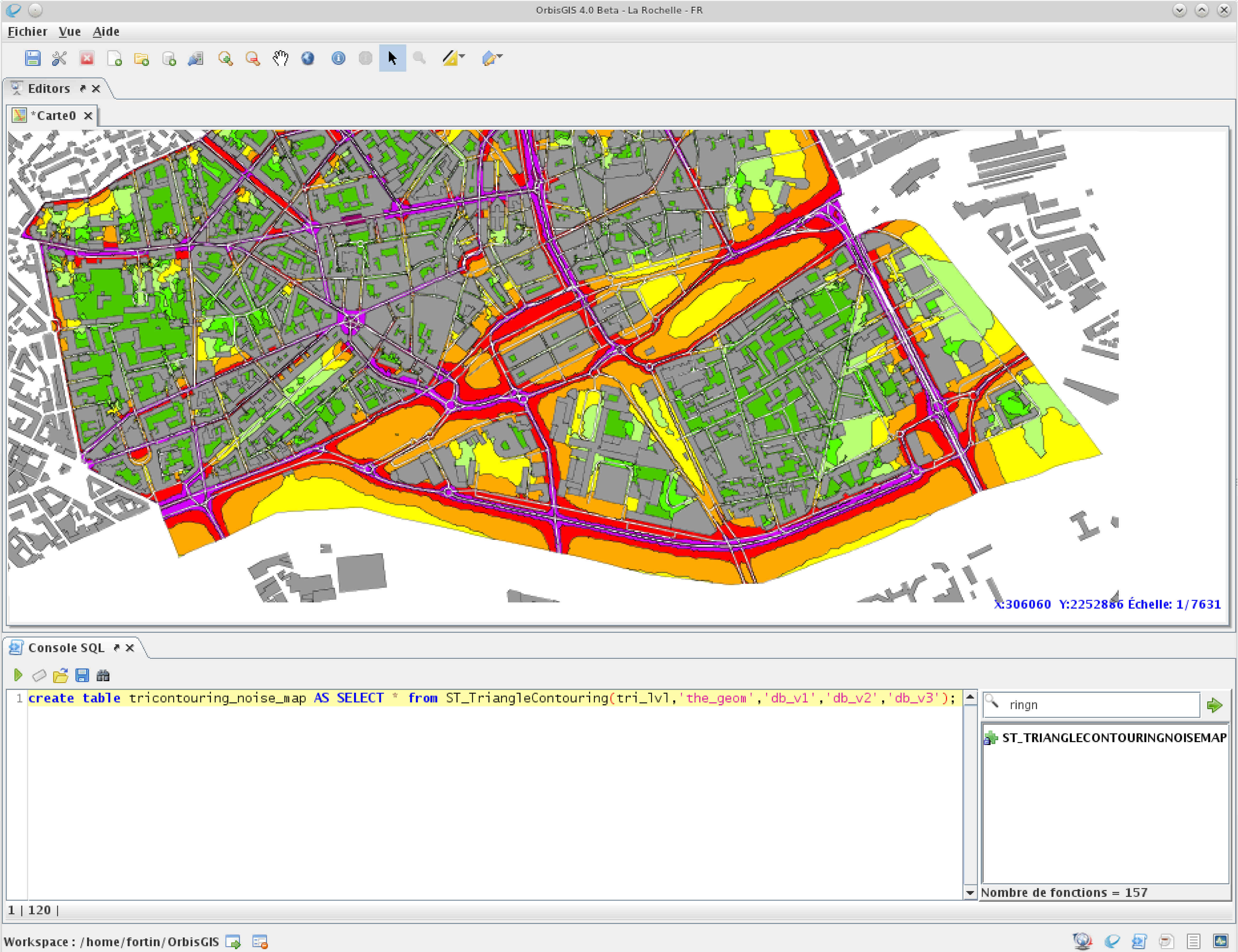
Open source software for noise prediction in the environment, developed in partnership with CNRS.
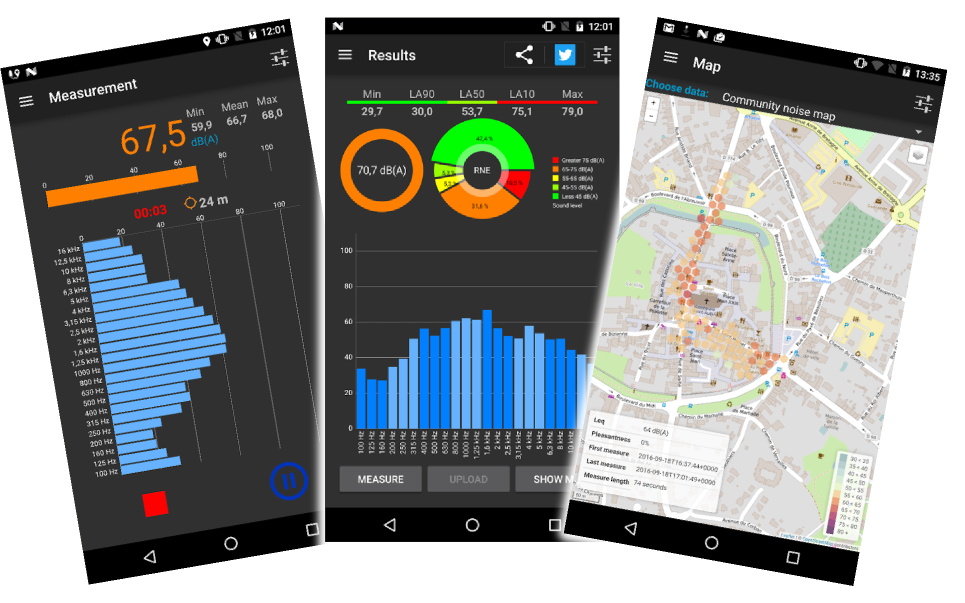
Free application for smartphone (Android) for measuring your sound environment, developed in partnership with the CNRS.
Upstream of these tools, UMRAE develops its own calculation codes and forecasting methods (emission and propagation models), for internal or external use (integrated in I-Simpa, NoiseModelling, OnoMap, etc.):
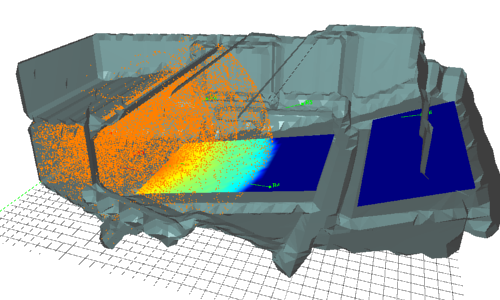
SPPS
3D calculation code (sound particles) for the simulation of acoustic propagation in complex environments (broadcast with I-Simpa).
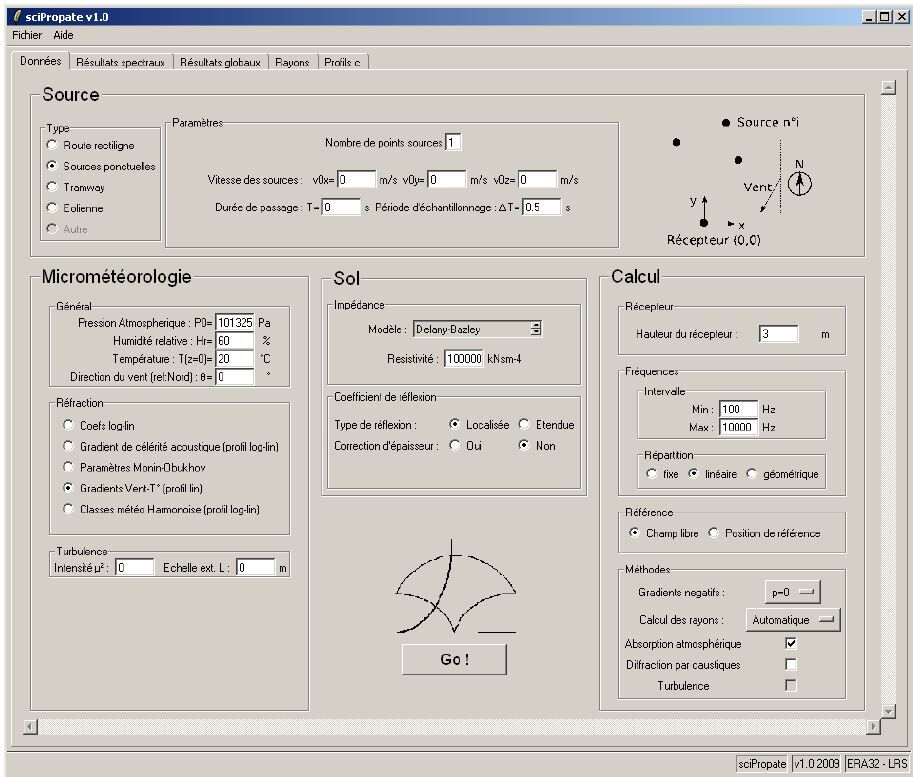
SciPropate
Calculation code (rays method) for the modelling of acoustic propagation in an inhomogeneous half-open medium.
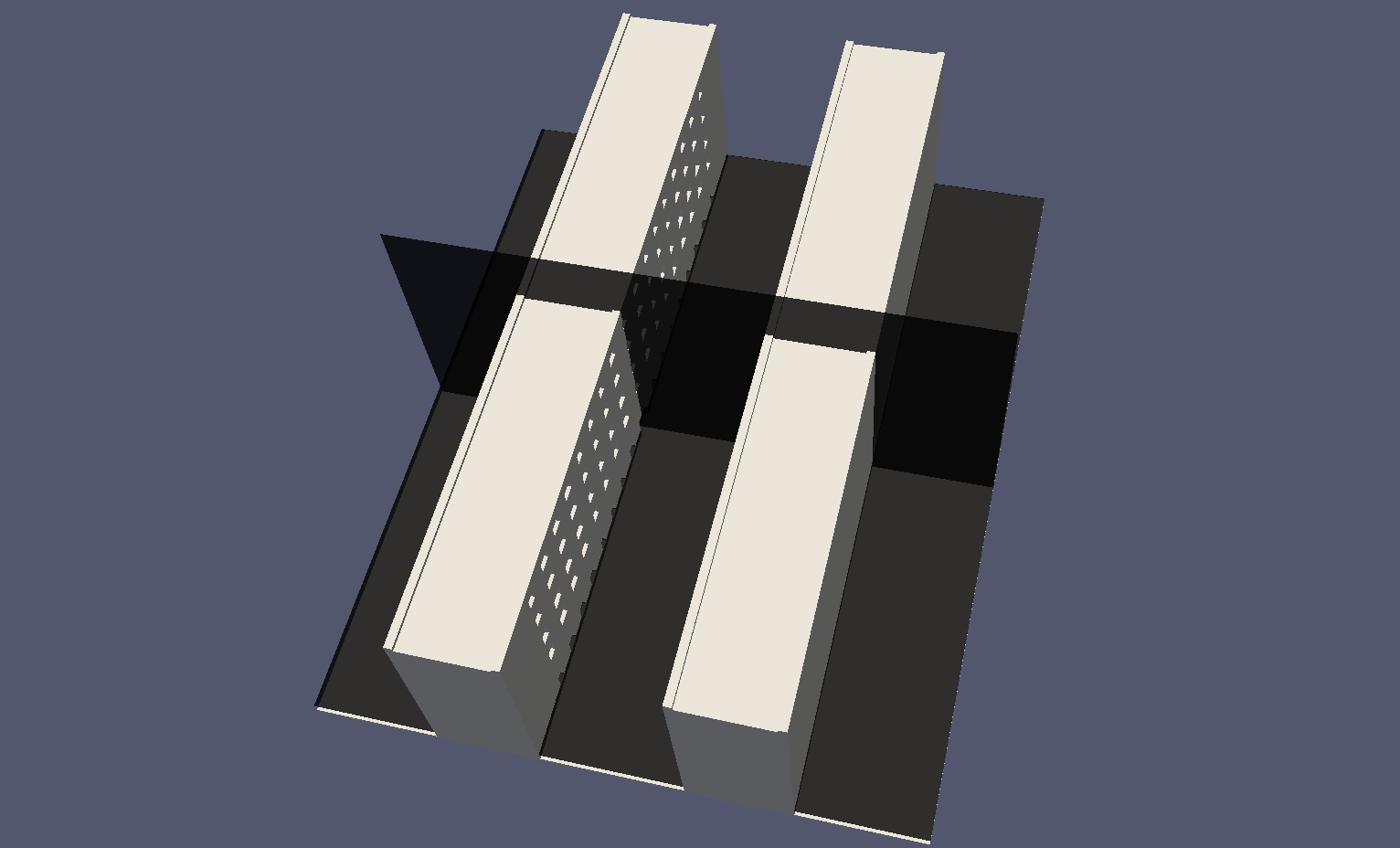
TLM
Calculation code (temporal method) for the modelling of 2D/3D acoustic propagation in complex spaces (Fortran and OpenCL versions™).
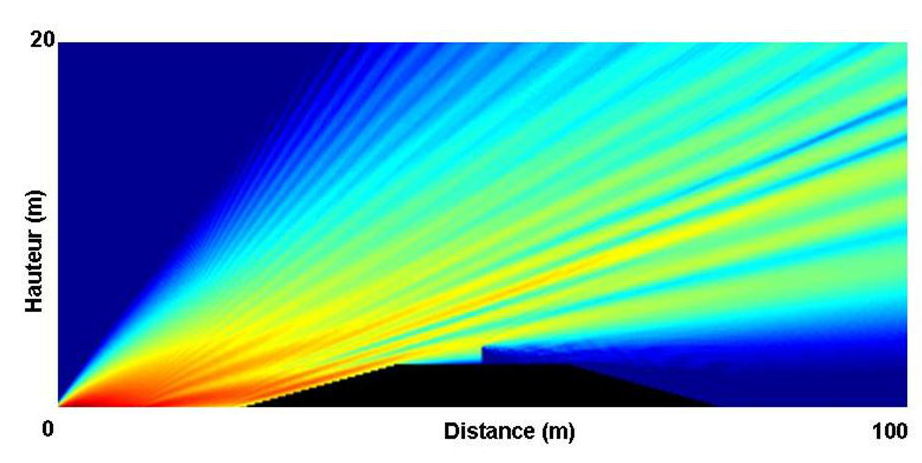
PE
Calculation code (frequency method) based on the 2D resolution of the parabolic equation, for the modelling of acoustic propagation in an inhomogeneous half-open medium.
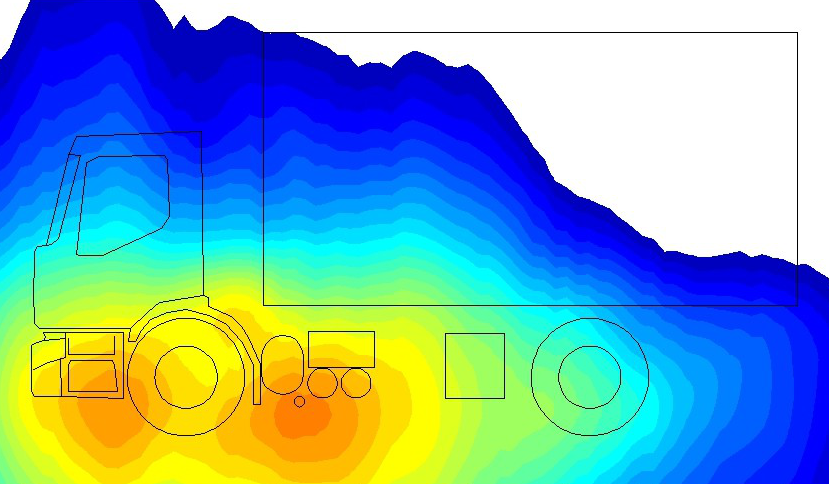
Unisson
Antenna processing and analysis software for locating sound sources during vehicle pass-by (UMRAE internal software).
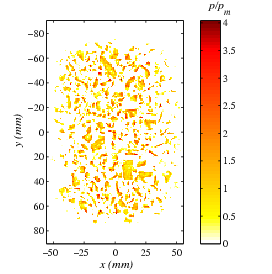
CiTyRoNE
Calculation code for the modelling of road/tyre contact forces in the framework of rolling noise.
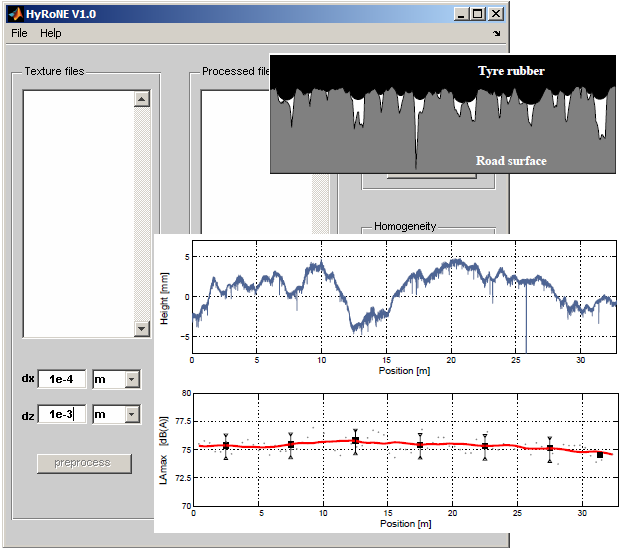
HyRoNE
Prediction method of noise emitted by a vehicle travelling on a pavement surface from the measurement of its texture (use within the RST).
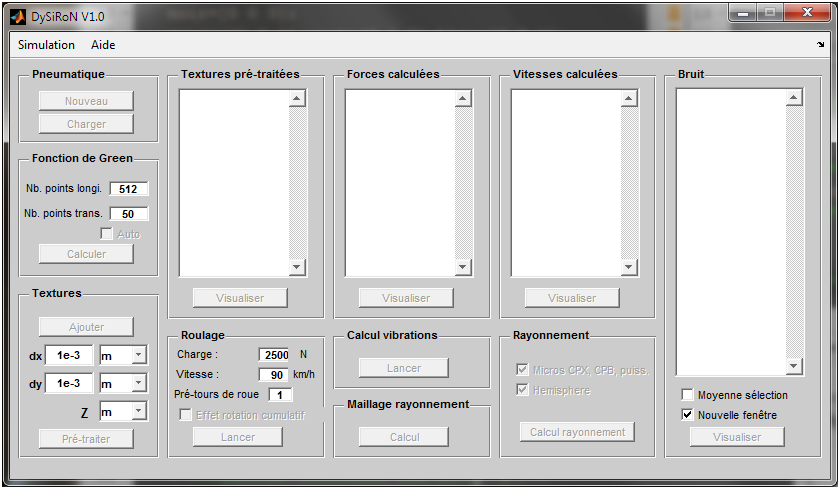
DySiRoN
Simulation tool for assessing the noise radiated by a tyre rolling on a rough surface.
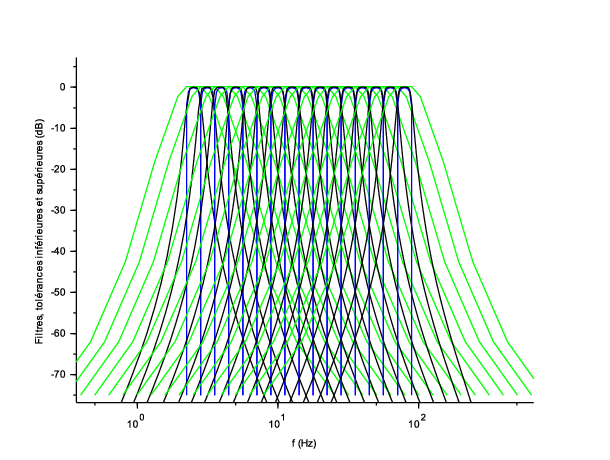
Toolboxes Scilab
Scilab calculation codes formalised by toolboxes integrating a large number of functions, ranging from noise emission and propagation models to acoustic indicators calculation.
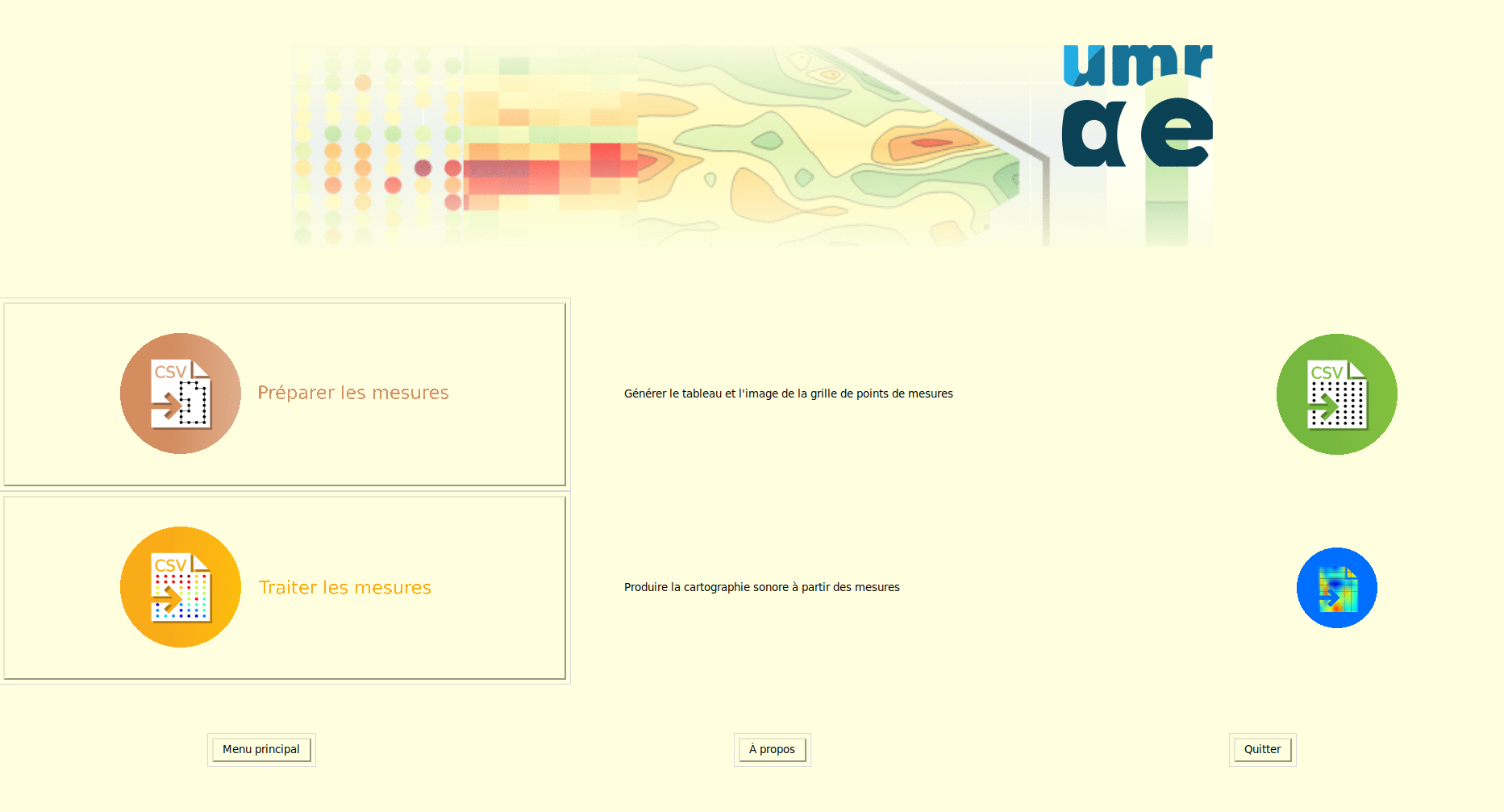
This application makes it possible to produce noise maps in closed environments from measurements made by the NoiseCapture application.
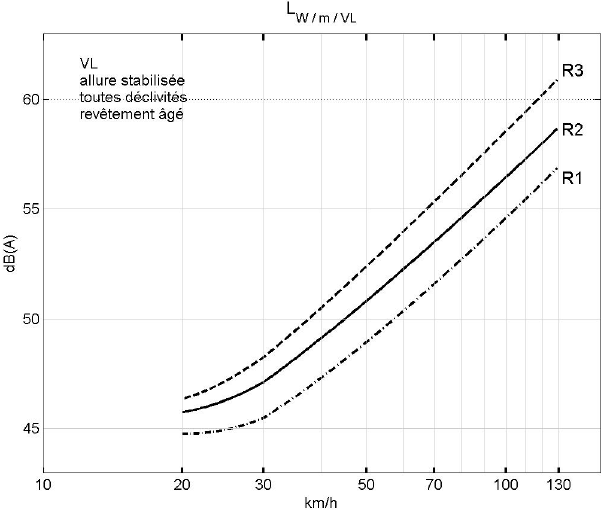
Calculation of the noise emission of a road infrastructure according to the NMPB2008-ROUTE method, based on the characteristics of its traffic and pavement.


